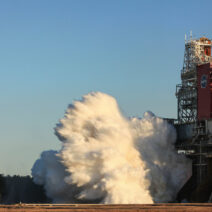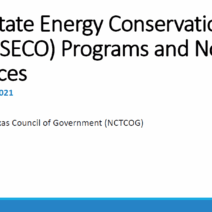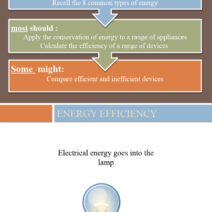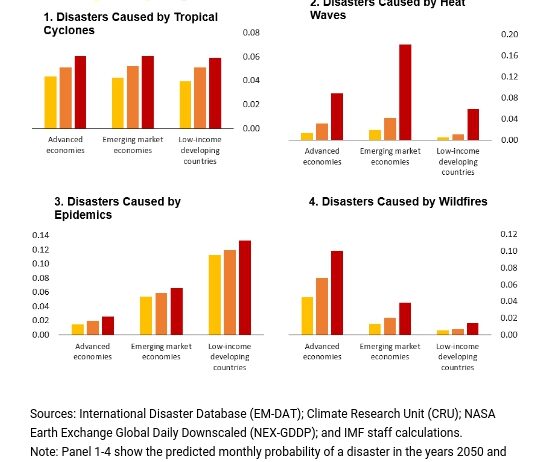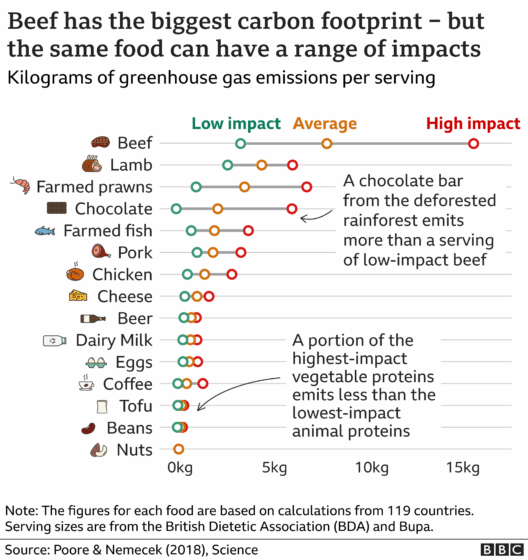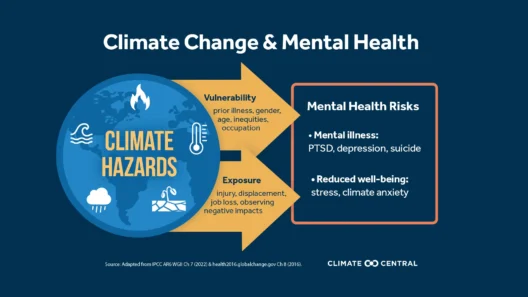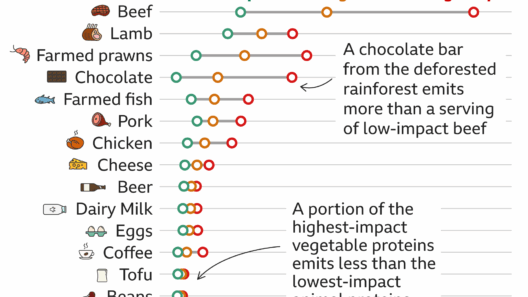Have you ever pondered why, in recent years, we seem to be experiencing a surge in the ferocity and frequency of natural disasters? This query lies at the heart of a vital discourse on climate change and its repercussions on the environment. As the planet warms, the atmospheric and oceanic systems become destabilized, leading to an increase in the intensity and occurrence of extreme weather events.
The phenomenon of climate change is multifaceted, with rising global temperatures resulting from an accumulation of greenhouse gases in the atmosphere. These gases trap heat, causing a cascade of ecological transformations. This warming air has notable implications: warmer air can hold more moisture, leading to heavier precipitation events, while warmer ocean waters fuel more severe hurricanes and typhoons. As such, the interplay between climate change and natural disasters is not merely academic; it represents a harrowing reality that affects millions around the world.
The data is irrefutable. According to scientific assessments, the frequency of high-impact weather events is increasing. Floods, droughts, hurricanes, and wildfires are becoming not just more common but also more severe. Consider the 2020 Atlantic hurricane season, which was marked by a record number of named storms—30 in total—of which 12 made landfall in the United States. This season alone provides a vivid illustration of how a warmer atmosphere can lead to unprecedented storm activity.
Yet, what causes these disasters to be deadlier? One critical factor is the increased vulnerability of human settlements. Urbanization plays a pivotal role in this challenge. As cities grow, they unpredictably encroach on floodplains, hillsides, and coastal areas—places that are naturally prone to disaster. In doing so, they not only increase the potential for harm but exacerbate the effects of climate change. For instance, a heavy rainfall event in a densely populated urban area, where impervious surfaces dominate, can lead to catastrophic flooding, as water has nowhere to go. In contrast, natural landscapes often help absorb moisture, mitigating the intensity of flooding.
The interplay between infrastructure and natural disasters also cannot be overlooked. Many aging infrastructures lack the resilience required to withstand extreme weather. Roads, bridges, and utilities designed decades ago were built with outdated assumptions about weather patterns. As climate realities shift, these infrastructures can easily fail under stress, compounding the dangers of natural disasters. When infrastructure crumbles, the immediate aftermath includes not just physical damage but a ripple effect: emergency response efforts are delayed, access to essential services is hampered, and community cohesion is strained.
Indeed, the societal impacts extend even further. Vulnerable communities—often marginalized groups with limited resources—are disproportionately affected by disasters exacerbated by climate change. Without adequate resources or support, these communities struggle to recover. This reality poses a stark challenge: how do we ensure resilience and equity as natural disasters become more frequent?
As we delve deeper into the mechanics of climate-induced disasters, it is crucial to understand the diverse phenomena that continue to emerge. Droughts have become particularly problematic, with regions that traditionally receive moderate rainfall suffering from prolonged periods of dryness. The irony is that these droughts can provoke an increase in wildfires, which devastate ecosystems, threaten wildlife, and pose risks to human life and property.
Emerging research also suggests a link between climate change and the exacerbation of certain diseases. Floods can lead to outbreaks of waterborne diseases, while extreme heat events can increase the incidence of heat-related illnesses. This intersection of public health and natural disasters raises important questions: How do we prepare our health systems for the morbid realities of a changing climate?
The rise of natural disasters is also intricately linked to biodiversity loss. As habitats are disrupted by storms, rising sea levels, and shifting climate zones, many species face extinction. The repercussions of biodiversity loss are profound; ecosystems become less resilient, diminishing their ability to recover from disturbances and perform essential functions that support human life—like purifying water or providing oxygen.
Moreover, the global community must grapple with the challenge of mitigation and adaptation. Countries across the world are uniting in efforts to address climate change, yet progress varies dramatically. Some nations have made commendable strides toward reducing greenhouse gas emissions, while others lag significantly. A unifying yet playful question emerges: can we find innovative solutions that not only curtail emissions but also fortify our communities against the inevitable natural disasters triggered by climate change?
The answer lies in a multi-pronged approach. It involves a blend of policy reform, innovative technological solutions, and community engagement. Efforts must focus on sustainable urban planning, the development of resilient infrastructure, and educational initiatives that empower citizens to take charge of their own emergency preparedness. Integrating climate change considerations into everyday decision-making is key to building a robust framework for resilience.
Ultimately, the perilous connection between climate change and natural disasters implies that we are at a precipice. The narrative is clear: inaction today leads to devastating consequences tomorrow. It is imperative that as a collective, we rise to meet the challenge and seek transformative solutions, ensuring safety, equity, and sustainability for the generations to come.
